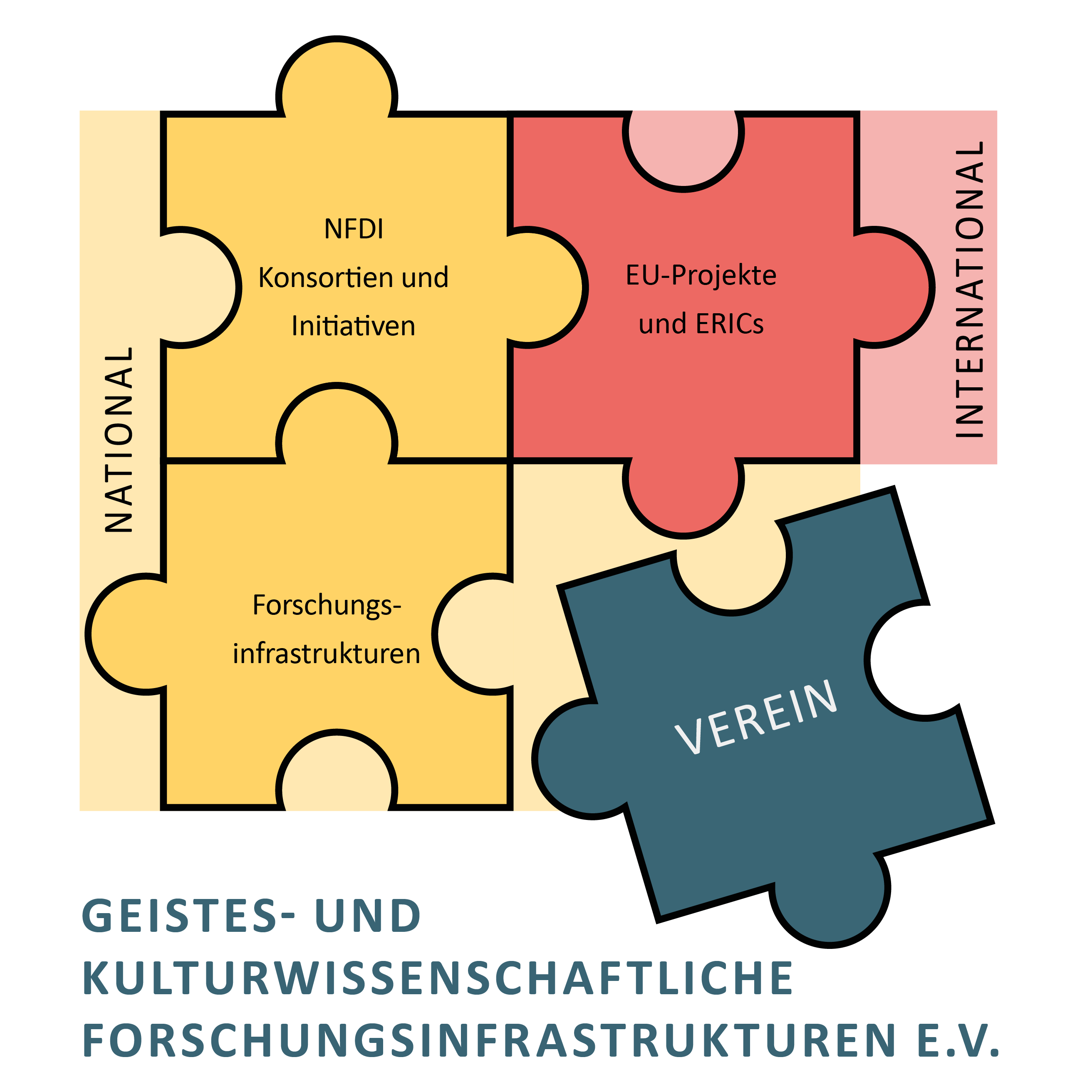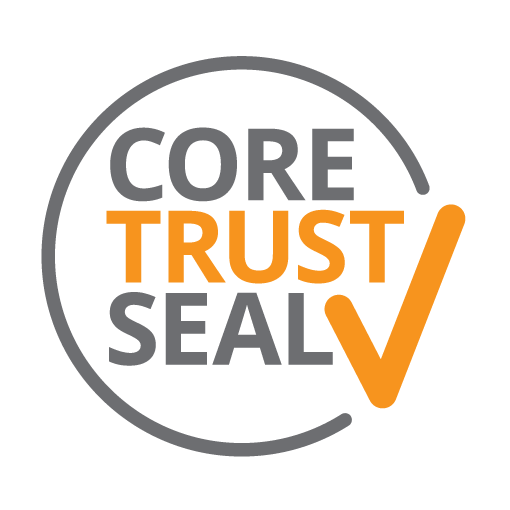The Three Pillars of TextGrid
last modified on Apr 08, 2013
The main constituents of the TextGrid middleware are the three utilities TG-auth*, TG-search and TG-crud (figure 3) – implemented as web services.
(inser image here) Figure 3: The TextGrid Utilities
TG-auth* covers two aspects. With “N” replacing the asterisk, it provides for autheNtication of users in the TextGrid environment. With “Z”, it serves as an authoriZation engine. As already mentioned, for authorization, TextGrid uses a role-based access control solution called OpenRBAC where permissions are stored in an LDAP database. With logging in to TextGrid, a session id is generated, which is passed around between the utilities and services, to be used to check permissions with TG-auth*.
TG-search provides several interfaces for text retrieval and metadata search. The capabilities of searching across XML data and the semantic (RDF) index are explained in the section before.
TG-crud is a web service to create, retrieve, update and delete TextGrid objects. It is the interface to storing information to the grid environment, the search indices (see above) and the role based access control system (RBAC) using TG-auth*. TG-crud also checks access permissions and ensures that the TextGrid repository stays consistent. Furthermore, it uses the Adaptor Manager to convert XML documents into the TextGrid baseline encoding, which also are stored in the XML database for efficient structural search. Additionally, the Adaptor Manager is responsible for extracting relation information from metadata, TEI files and the generated baseline-encoded files (such as contained links to other TextGrid objects and XML schema references) and storing them to the RDF triple store. As may be easily comprehensible, TG-crud bundles most of the application logic of TextGrid and its middleware.
A detailed description of these utilities is given in Report 3.5 (first project phase).

